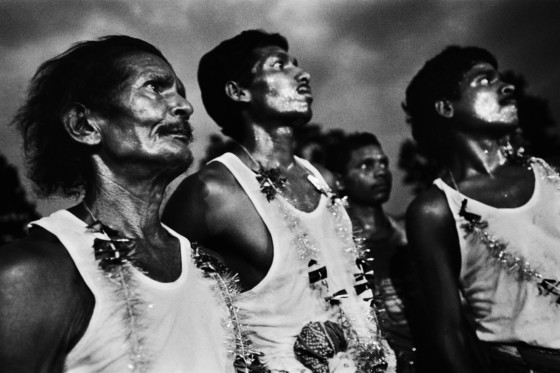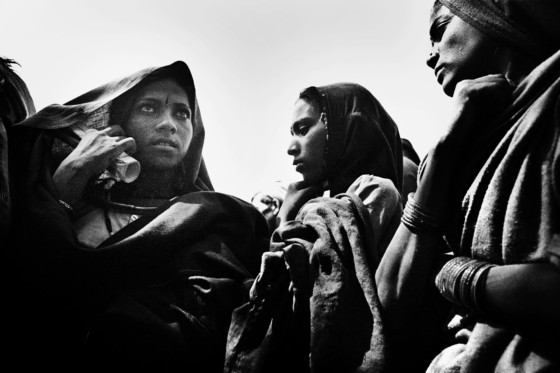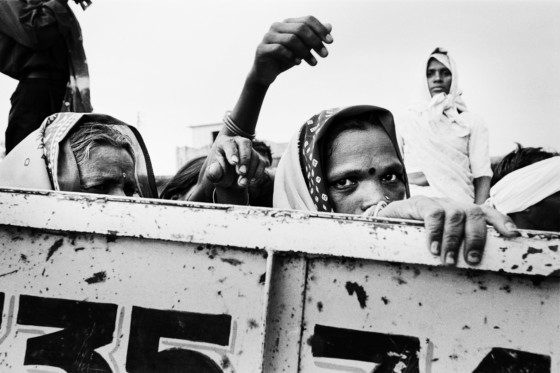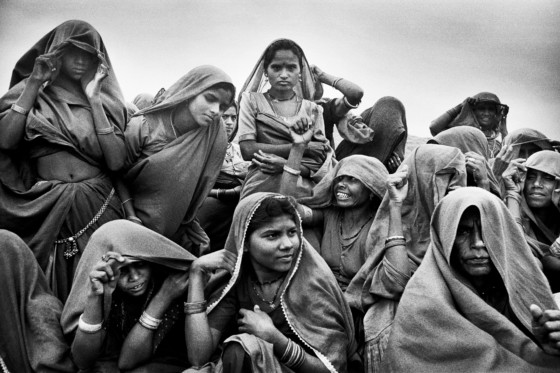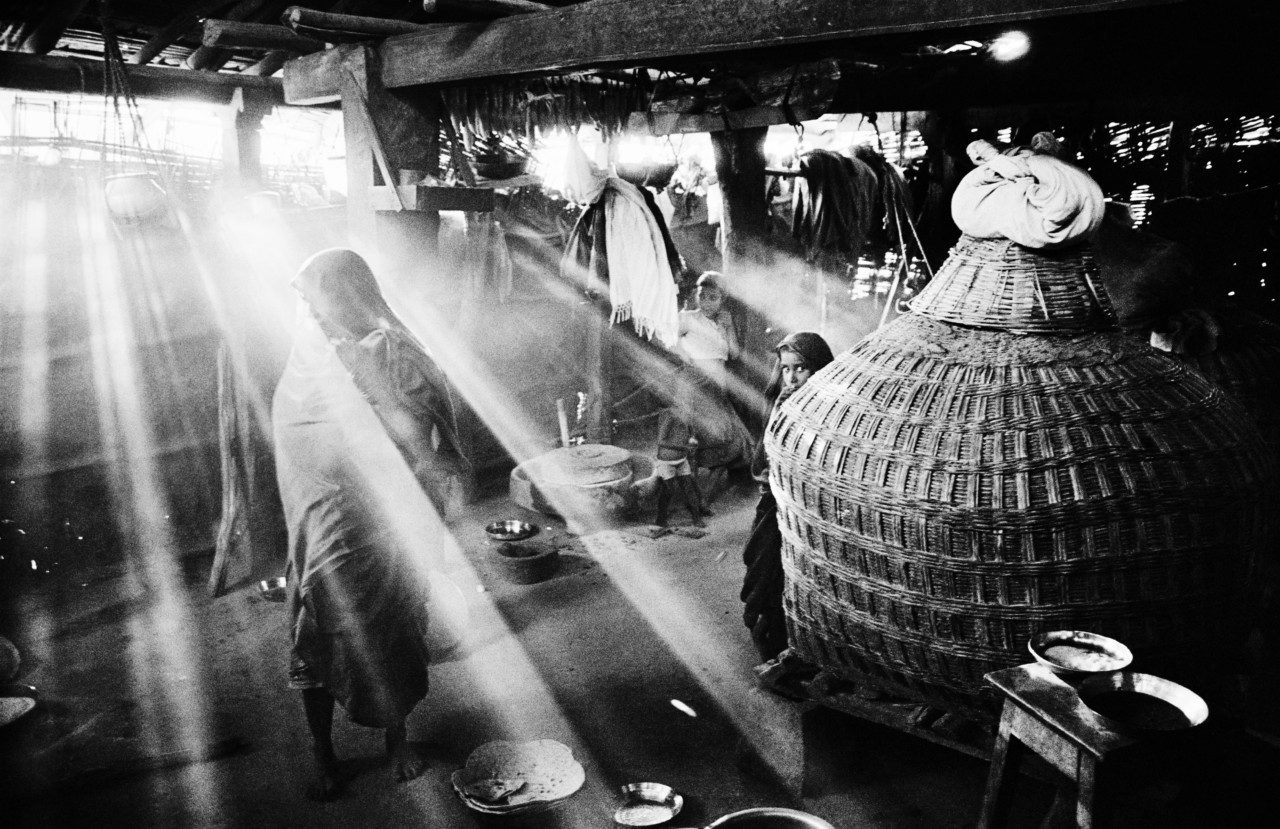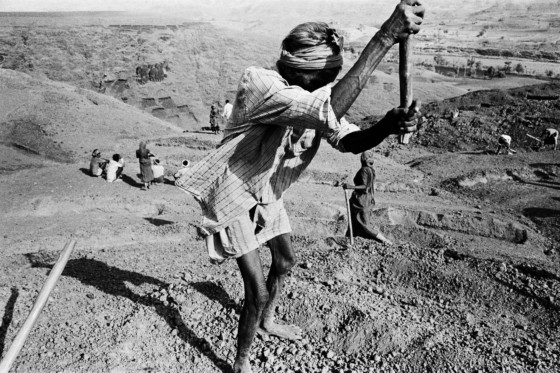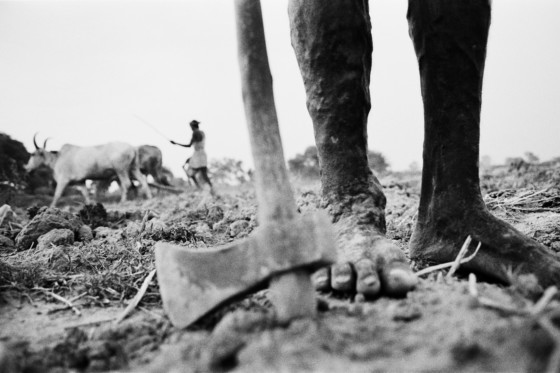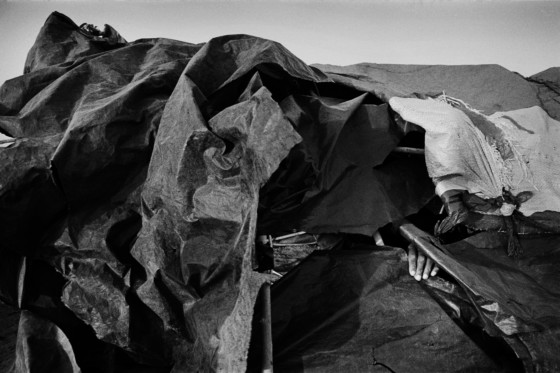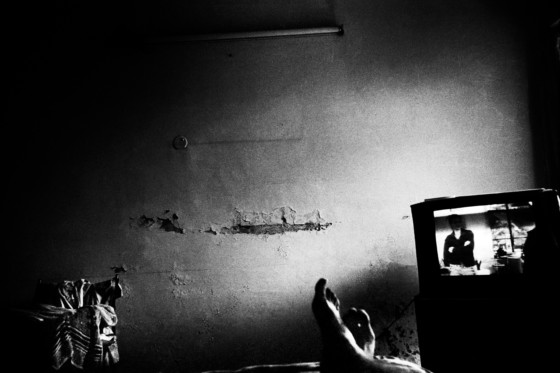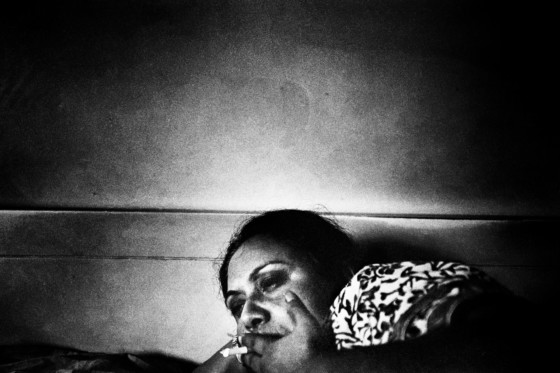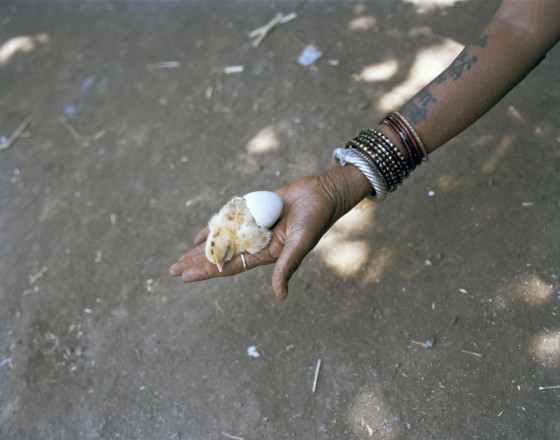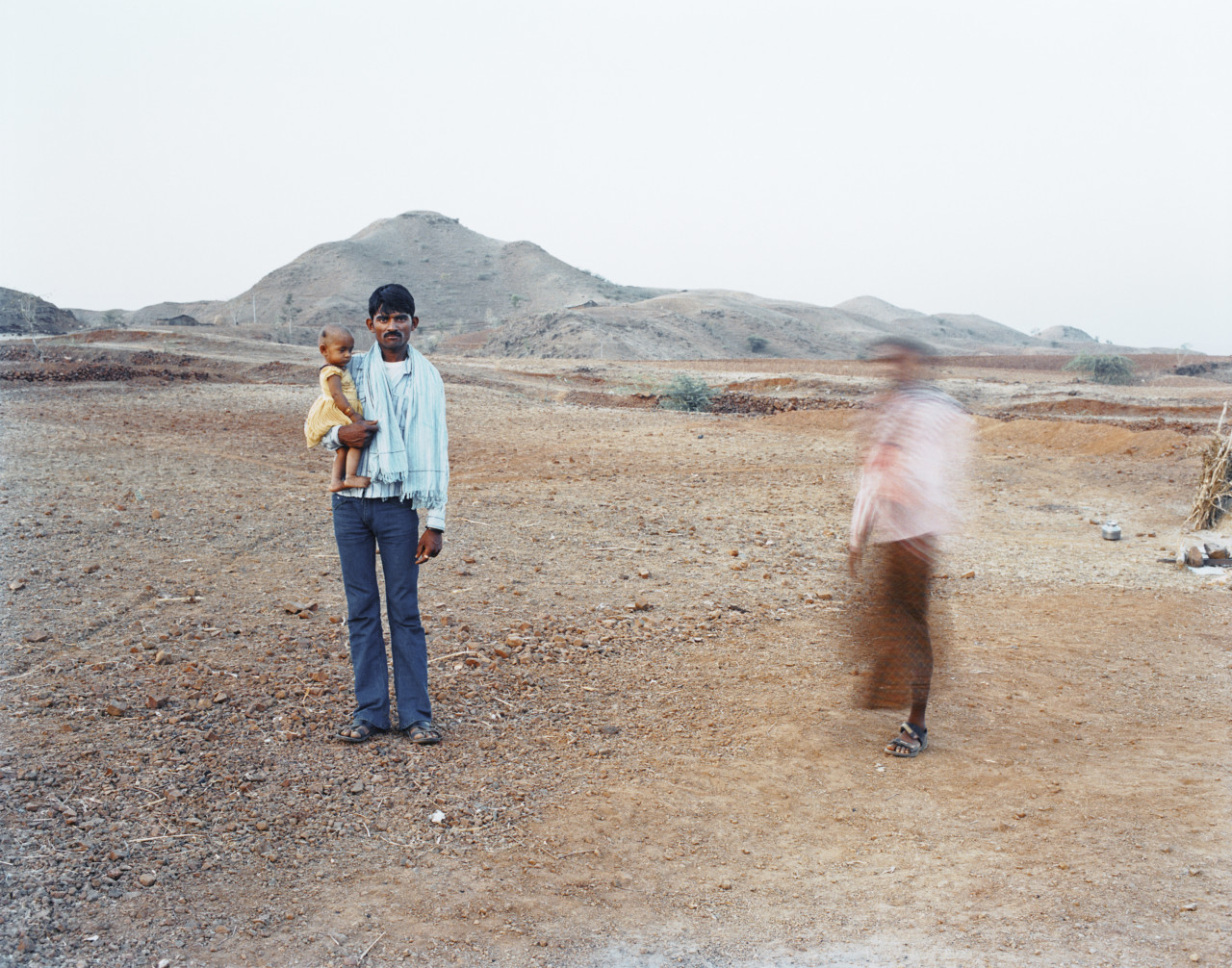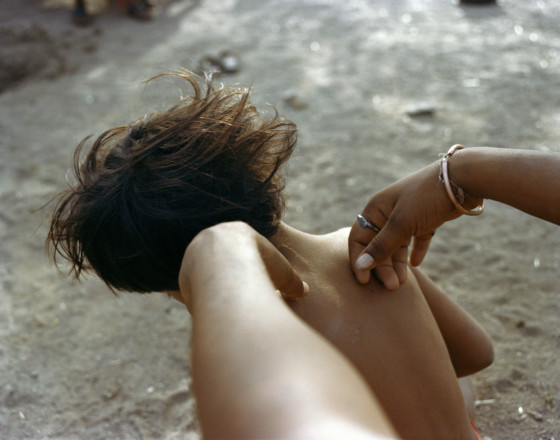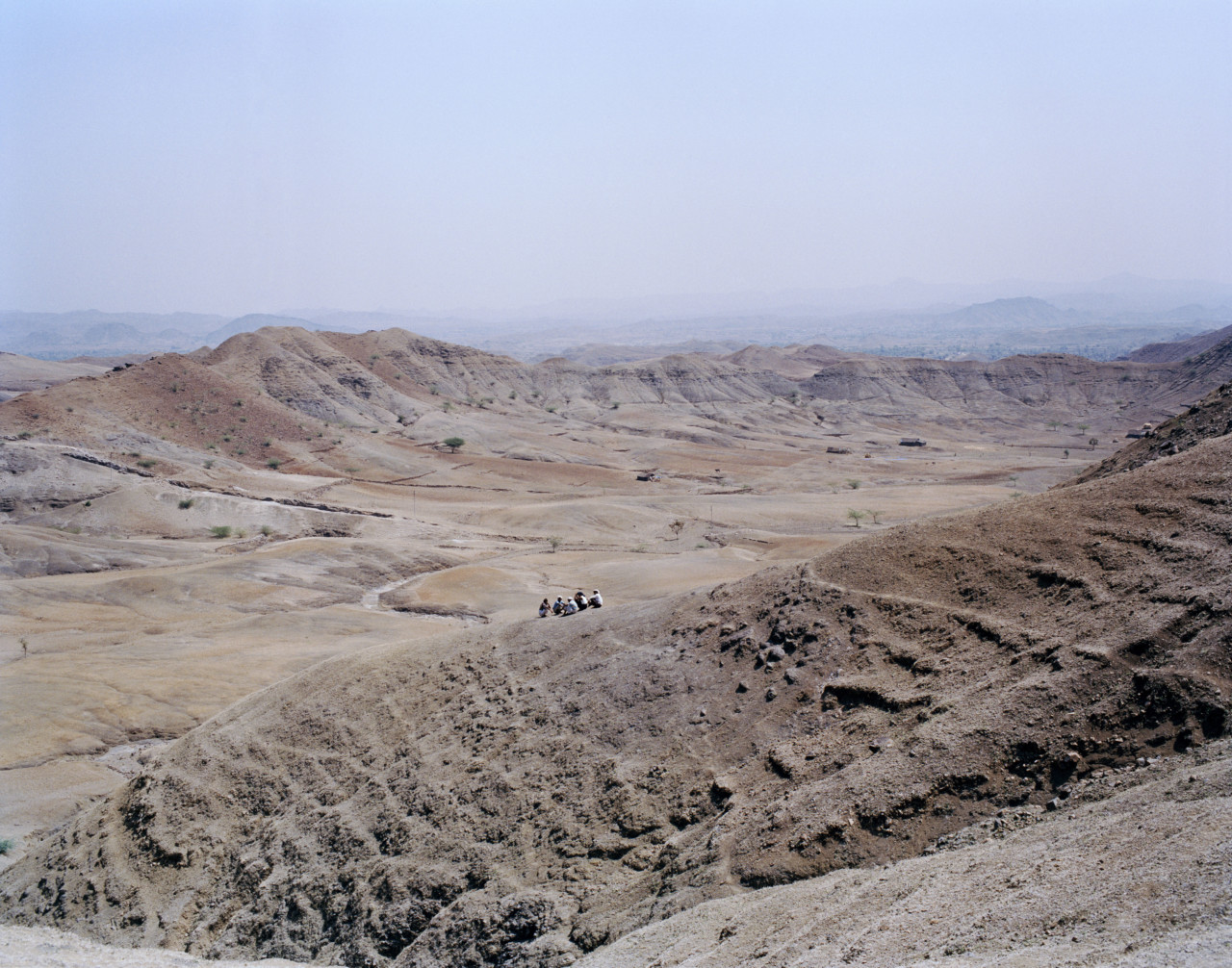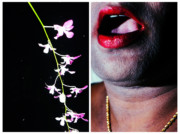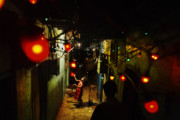Sohrab Hura on his Dilemmas Photographing the Marginalized
The photographer talks frankly about the complexity of documenting poverty and how confronting these issues led his photographic practice to evolve
The representation of poverty is at once political and personal, revealing as much about society as it does about the person who documents it. But what is universal, is that the representation of poverty is never just about poverty. It’s about powerlessness, prejudice, stigma, suppression and a myriad of other complex structures of suffering. As part of a new theme, we will feature Magnum photographers who have reported on those struggling every day to survive and will explore the difficulties of representing a much-ignored reality.
Sohrab Hura has been photographing marginalized communities in his home country of India for more than ten years. But along the way, he has grappled with questions of representation, accountability and the vulnerability of photographic subjects. Here, Hura explains how in order to face these uncomfortable truths, he had to turn the lens on himself—and in doing so his practice metamorphosed.
When I first started out, I began working on the projects River of Lost Time (a series that explores three cities along the river Ganges and its tributary) and Land of a Thousand Struggles (which followed a grassroots movement in rural India that led to an important social security act), simultaneously. The former was started as a means to keep calm in the context of my mum not being well, while I worked on Land of a Thousand Struggles more out of a moral obligation than anything else.
At that time, I still believed that photography could elicit change and that way of thinking affected how I photographed. However, as time progressed, I realized that I was not made for doing this kind of work. I still respect people who believe in that power of photography and continue to work on issues that they believe in but I was not able to carry on.
It was hard for me to photograph people who had lost their children to starvation in the villages that I worked in and then right after, return to my safe life back home. That jarring contrast made me feel guilty and I realized that if I really wanted to make a difference, it would have been better for me to have been a doctor and worked there instead.
I had just started to figure out my position in the world, and this dichotomy between the lives of those who I photographed and my own was too much for me to handle. I had also started to become aware of the inherent hierarchy between myself, the photographer, and those who I photographed. No matter how ‘sensitively’ and responsibly I may have tried to photograph them, I knew that in the end there was no accountability regarding what I would do with the photographs afterwards, or in what context they would be seen in by others. The meaning of a photograph lies not so much in its being made, but more in the way it is put out into the world… The people I photographed had no say in that.
"I had just started to figure out my position in the world, and this dichotomy between the lives of those who I photographed and my own was too much for me to handle"
- Sohrab Hura
My mother had been unwell and until then I had avoided photographing her because I didn’t want to feel vulnerable. I didn’t want others to look at her in pity or shock. At the time I had thought that I was being protective of her, but I soon realized that I was actually being protective of myself. How they might have looked at my mother would also define how they looked at me and that scared me. But how could I continue to parachute into someone else’s life and photograph another mother when I couldn’t photograph my own? I had started to feel sure that I needed to turn the camera on myself. I felt that I needed to earn my right to photograph someone else’s life by first putting my own out there with nothing held back.
That is when I consciously started working on Life Is Elsewhere—an autobiographical journal that I made in an attempt to come to terms with my mother and the situation i found myself in at that time—in 2005. I was 23-years-old and my reasoning was quite crude and in a way also quite simplistic but it kick-started a process of finding my own logic. I started to realise that I didn’t want to believe in the idea of ethics anymore.
Ethics are nothing more than edified codes—guidelines—and that’s all. The problem with any system that is relatively static and universal is that if I recognize how to fit myself into that system – for example, a code of ethics – then I also learn how to circumvent that system by manipulating the viewers into feeling that I satisfy those codes, at least on the surface, while I could actually be exploitative in reality. So instead it became more important for me to be sure that I was able to take responsibility for the work that I did—irrespective of whether they satisfied someone else’s code of ethics or not.
"How could I continue to parachute into someone else’s life and photograph another mother when I couldn’t photograph my own? "
- Sohrab Hura
As the years passed, and as I started coming to terms with the dilemmas of photographing other people, a part of me began to yearn to again try to photograph other lives in as meaningful a way as possible.
My early work from 2005 had been influenced by my university life. I was enamoured with the politics of the extreme left, and being around people who felt the same made me believe in the power of photography. I was quite aware of the propaganda that I was trying to push on to the viewer through my photographs but I had by then started to also feel disenchanted with my work remaining in its own echo chamber.
Maybe it was because I was limited in the way I could disseminate my work at the time. Maybe it was because the typical urban middle class person who might have been more interested in stories around the progress of the Indian economy found my position too confrontational to embrace. Maybe it was both. I have never been sure of the reason, but I didn’t want my work to only be seen by people who already had an agenda in the issues that I was trying to highlight and wanted me to do more of the same.
In 2010, I unexpectedly received a grant from the Magnum Foundation and I decided to return to Pati, a small village region in central India that I had been to first in 2005 when I was part of a movement that, at the time, had successfully helped implement an Act that guaranteed 100 days of employment to every rural Indian household called MGNREGA). It was one of the first times I had been to a place so far inside rural India and Pati had changed my life as a young person. Unlike earlier, when issues might have led me to different places, now I just wanted to document life in this small cluster of villages and maybe, by doing so, also open up the conversation about the larger issues affecting this region and its people.
The work is tied through a first person narrative where I take the viewer into life there through the way I experienced the place. At the time I made the work what was most important to me was that, in watching this film work someone (usually an urban middle class Indian) who might have earlier reacted in denial and in resistance to my earlier issue based work could now at least acknowledge the existence of Pati and other places like it. That was all that I was hoping for at the time I made the work.
I have since then been returning to Pati regularly over the years. I have also continued to grow along with time. Conversations with people there have become even more important and they guide me in the way I ‘look’ at the region. At first, fresh out of college after having completed my Masters degree in Economics, and much younger than I am now, I may have arrogantly assumed that I understood the socio-economic workings of the places and people I had photographed. But returning to Pati over the years has changed all of that. I have been able to unlearn a lot of what I had assumed I knew and a sense of familiarity enables me to recognise some of the nuances that I might have been blind to earlier. Oral histories within that region gain precedence over anything that I might have learnt on the outside through academia or otherwise.
"It was never about poverty even if poverty was a big part of the context that the people I had photographed existed in"
- Sohrab Hura
Some years ago at the peak of a June summer in Pati, I sat in the shade of a lone barren tree with Har Singh, whom now I have known for almost thirteen years. He had already tilled his land and like many others, for him too now began the long wait for the monsoon clouds. The monsoon had been delayed by about a week and that week had started to feel like a month. And under that tree in the extreme heat we sat about trying to trace the change in the weather pattern since we were both kids. It was that one moment in the season when life there slowed down and one can do nothing else but wait.
This routine game of waiting plays out every year and the longer it stretches the more difficult it gets for people there because their life almost completely dependent on rainfall. It being one of the hottest places in the country where temperatures regularly soar over 50 degrees Celsius doesn’t make it any easier either. In trying to allude to this stretched out moment of waiting before the monsoon rains bring relief, I began working on The Song Of Sparrows In A Hundred Days Of Summer.
"Photographing others remains something that I still struggle with, especially when I am aware of the many hierarchies that might exist between us"
- Sohrab Hura
I continue to return to Pati from time to time. But unlike in the past when I wanted to push my position in a more confrontational way, now I feel a lot more at ease talking about smaller stories from the same place that struggles with poverty amongst many other things. I hope that in the long run these stories might weave together to create a larger web of understanding of life here in Pati. I am not interested in photographing poverty and I don’t even think I can isolate a single issue in the context of poverty.
Even in the beginning when I had just started out, what led me to photograph were grass root movements that were fighting for their right to live in dignity, their right to employment, their right to access information and to make the state more accountable. It was never about poverty even if poverty was a big part of the context that the people I had photographed existed in. But to reduce all of it to just poverty, would take away all of the other layers that make up the human condition.
Photographing others remains something that I still struggle with, especially when I am aware of the many hierarchies that might exist between us. I am sure I have made many mistakes along the way but if I choose to photograph others I have no choice at a time when context is always in flux.



